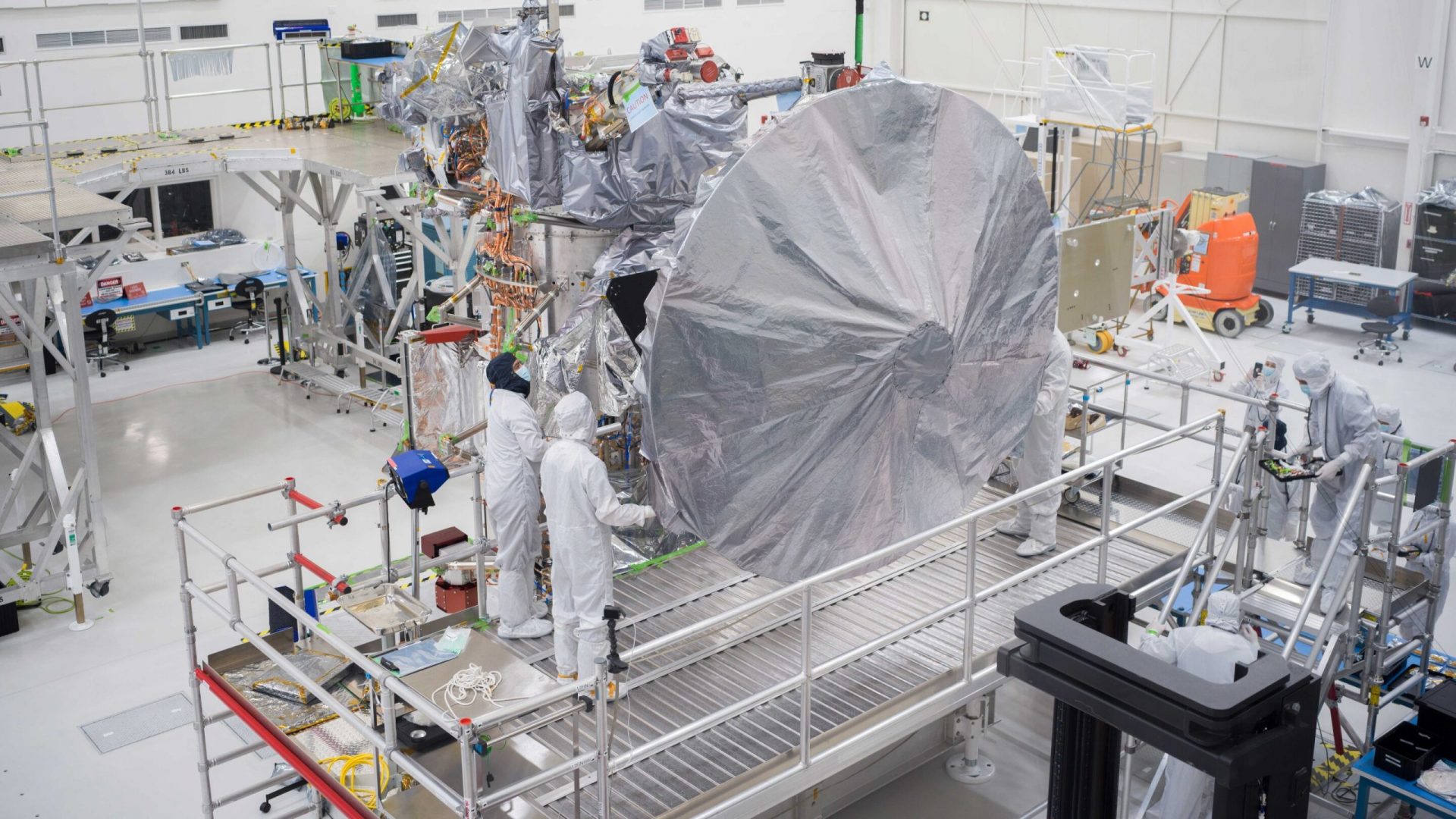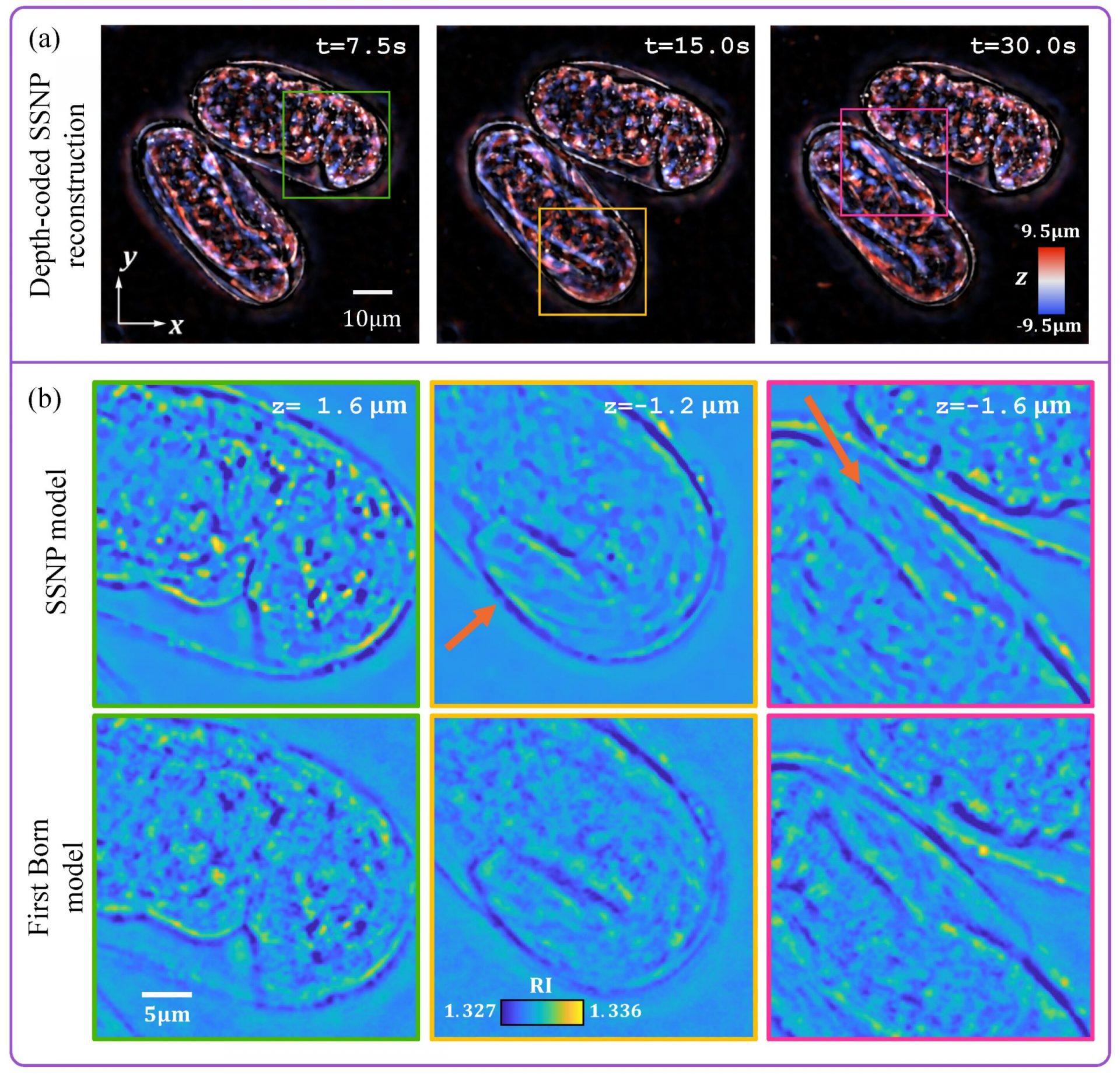Hydrogen, with its high gravimetric energy density, abundance, and zero emissions, holds great potential as an energy carrier. However, the storage and transportation of hydrogen remain significant challenges for its widespread use in energy applications.
To address this issue, researchers have developed various types of hydrogen storage materials over the past decades. Among them, magnesium hydride (MgH2) has emerged as a promising candidate due to its high capacity, reversibility, abundance, and low cost.
However, the thermodynamic and kinetic properties of MgH2 limit its practical applications. The energy required for hydrogen desorption and the energy barrier for hydrogen desorption are significant obstacles.
To overcome these limitations, researchers have proposed alloying, catalyzing, and nano-structuring techniques. Among these strategies, the introduction of catalysts can lower the energy barrier for hydrogen dissociation/recombination in Mg/MgH2.
Nanostructured Mg-based materials offer advantages such as shortened diffusion pathways and increased surface reaction area, leading to accelerated hydrogen absorption and desorption rates. The concept of designing core-shell nanostructured Mg-based hydrogen storage materials combines the strengths of these modification methods.
Through this approach, advanced Mg-based materials with core-shell nanostructures can be optimized for both mobile and stationary applications.
A recent review by Professor Jianxin Zou’s team at Shanghai Jiao Tong University summarizes the research progress in core-shell nanostructured magnesium-based hydrogen storage materials. The review focuses on preparation methods, microstructures, properties, and related mechanisms, aiming to provide design principles and future research trends for industrial applications.
Core-shell nanostructured Mg-based hydrogen storage materials exhibit excellent hydrogen absorption and desorption kinetics, as well as long-term cycling performances. Additionally, their unique structure imparts properties such as anti-air oxidation ability and rapid hydrolysis rate.
Considering these advantages, Zou’s group envisions a future where core-shell nanostructured Mg-based materials are used for environmentally friendly hydrogen production and storage. These materials can absorb and release hydrogen at low temperatures, reducing energy consumption. The stored hydrogen can be used for electricity generation, portable backup power, and various industrial applications.
Recently, a tonnage Mg-based solid-state hydrogen storage and transpiration trailer (MH-100T) equipped with advanced solid-state hydrogen storage tanks has been unveiled, marking a new era for solid-state hydrogen storage and transportation.
In the future, further advancements in core-shell nanostructured Mg-based materials can enhance the performance of Mg-based hydrogen storage systems, including lower desorption temperatures, faster sorption speeds, and higher storage capacities. These improvements will expand the application fields of hydrogen energy.
While Mg-based hydrogen storage systems show promise as hydrogen carriers, the challenge lies in simultaneously controlling kinetics, thermodynamics, and cyclic performances in a simple and efficient manner. Finding optimal processing parameters and technical routes for synthesizing advanced core-shell nanostructured Mg/MgH2 nanoparticles is crucial for meeting industrial requirements.
Moreover, the development of new design principles for specific nanostructured hydrogen storage materials is necessary. This includes precise control of catalytic effects at the atomic level and composition and structural optimization using material genome engineering methodology.
“In this review, we aim to provide readers with the latest research and development of advanced Mg-based hydrogen storage materials and their future prospects in the field of hydrogen energy,” said Zou.








